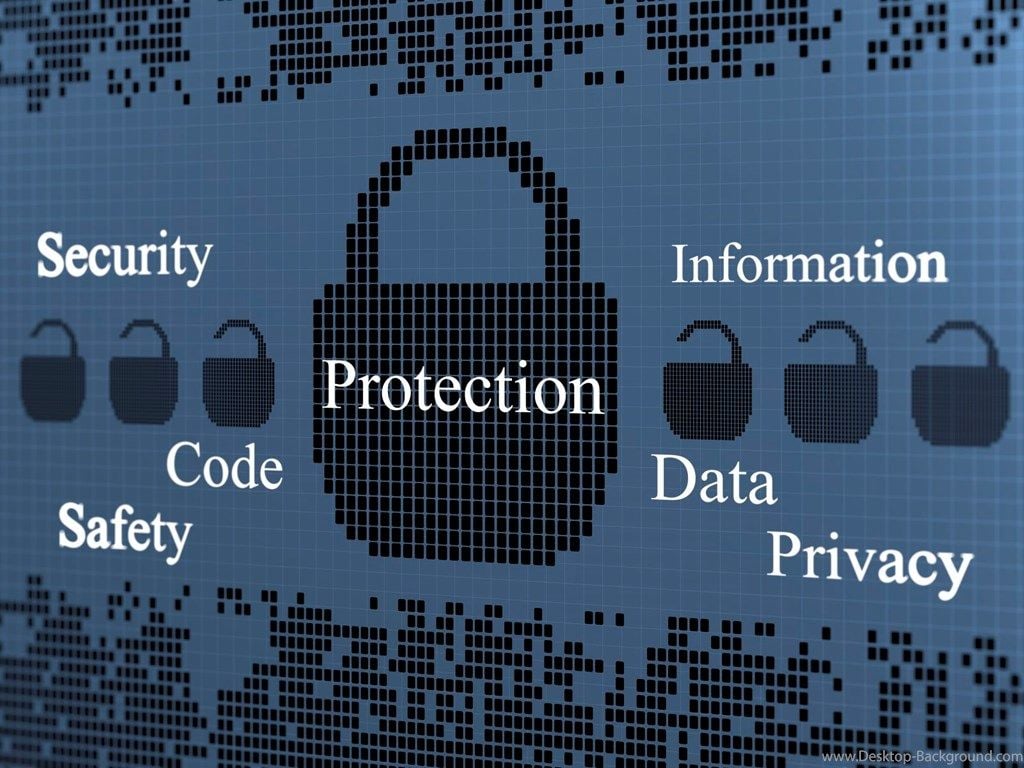
COMPARING CONTROL TYPES — How Organizations Can Manage Risk And Maintain the CIA of Their Assets.
Hey there! Are you interested in keeping your online information safe and secure? If so, you’ve come to the right place! Today, we’re going to be talking about a really important topic in the world of online security: security controls.
Now, I know what you might be thinking — “What in the world is a security control?” Well, it’s basically a way to protect your information from bad guys who might try to access it without your permission.
We’ve talked about this topic before, so if you’re new to it, you might want to check out our previous blog post here to get up to speed. But if you’re ready to dive in, get ready to learn about the different types of security controls, why they’re important, and how they work together to keep your information safe. Trust us, this is one topic you don’t want to miss!
THE PRIMARY ROLE
The primary role of implementing a security control is to reduce the risk of harm to an organization’s assets, such as data, systems, and people. Security controls are measures put in place to manage and reduce risks to an acceptable level. The main goals of implementing security controls are: Preventing unauthorized access, Protecting data, Detecting and responding to security incidents, Ensuring compliance, Ensuring business continuity.
Overall, the primary role of implementing security controls is to manage and reduce risks to an acceptable level, protecting the organization’s assets and ensuring the security, privacy, and continuity of its operations.
THE PRIMARY GOAL
Security controls can serve different purposes depending on their implementation and intended goals. The primary goal of implementing a security control can be one or more of the following:
Preventative: Preventative security controls are designed to stop a security incident before it happens. For example, access controls, firewalls, and encryption can be used to prevent unauthorized access, malware, and data theft.
Detective: Detective security controls are designed to detect and alert on potential security incidents. Intrusion detection systems, log monitoring, and security information and event management (SIEM) solutions are examples of detective security controls.
Corrective: Corrective security controls are designed to remediate and restore normal operations after a security incident has occurred. This can include restoring data from backups, patching vulnerabilities, or resetting compromised passwords.
Compensatory: Compensatory security controls are used when it is not feasible or practical to implement other security controls. For example, a compensatory control may be put in place when a specific security control cannot be implemented due to budget constraints or technical limitations.
Deterrent: Deterrent security controls are designed to discourage attackers from targeting an organization. This can include physical security measures like security cameras or guards, or technical measures like honeypots, which simulate a vulnerable system to attract attackers and keep them busy.
A COMPREHENSIVE SECURITY STRATEGY
To provide a comprehensive security strategy that addresses the unique risks and requirements of each organization, a combination of different security controls should be implemented. The specific combination of controls will depend on the organization’s specific security needs, but a few general principles can guide the process: Identify and prioritize risks, Implement a variety of controls, Ensure proper integration and coordination, Regularly review and update controls.
By following these principles and implementing a variety of security controls, organizations can develop a comprehensive security strategy that addresses their unique risks and requirements, and helps to ensure the confidentiality, integrity, and availability of their assets.
HOW IMPLEMENTING VARIETIES OF CONTROLS HELP ORGANISATIONS
Implementing a variety of security controls with different goals can help organizations to manage risk and maintain the confidentiality, integrity, and availability of their assets in a number of ways:
Provides multiple layers of protection: By implementing a variety of security controls, organizations can provide multiple layers of protection for their assets. This helps to reduce the likelihood that an attacker will be able to successfully compromise their systems or data.
Addresses different types of threats: Different security controls are designed to address different types of threats. For example, firewalls are designed to protect against network-based attacks, while encryption is designed to protect against data theft. By implementing a variety of security controls, organizations can address a wider range of threats and reduce their overall risk.
Reduces the impact of security incidents: Even with the best security controls in place, there is always a risk of a security incident occurring. By implementing a variety of controls with different goals, organizations can reduce the impact of security incidents when they do occur. For example, if an attacker is able to successfully bypass a firewall, intrusion detection systems may detect their activity and enable incident responders to take action before the attacker is able to cause significant damage.
Supports compliance with regulations and standards: Many regulations and standards require organizations to implement a variety of security controls in order to ensure the confidentiality, integrity, and availability of their assets. By implementing a variety of controls with different goals, organizations can demonstrate compliance with these requirements and avoid potential penalties or other consequences.
Overall, implementing a variety of security controls with different goals is an important part of a comprehensive security strategy. By doing so, organizations can reduce their overall risk, address a wider range of threats, and maintain the confidentiality, integrity, and availability of their assets.
PRIMARY GOAL — THREE MAIN CATEGORIES OF SECURITY CONTROL
The three main categories of security controls are administrative, technical, and physical controls. The different types of controls mentioned earlier — preventative, detective, corrective, compensatory, and deterrent — can be related to these categories of security controls as follows:
Preventative controls are typically technical or administrative in nature. Technical controls include access controls, firewalls, and encryption, while administrative controls can include policies, procedures, and security awareness training to prevent security incidents.
Detective controls are primarily technical in nature and can include intrusion detection systems, log monitoring, and security information and event management (SIEM) solutions.
Corrective controls can be technical or administrative, and are designed to remediate security incidents after they have occurred. Technical corrective controls may include restoring data from backups, patching vulnerabilities, or resetting compromised passwords, while administrative corrective controls may include incident response plans, forensics investigations, and staff training to prevent similar incidents in the future.
Compensatory controls are typically administrative in nature and are designed to provide alternate means of achieving the same level of security as other controls that cannot be implemented due to budget, technical, or other constraints.
Deterrent controls are primarily physical in nature, such as security cameras, security guards, or other physical barriers, although they can also include technical controls such as honeypots designed to attract and deter attackers.
Overall, the different types of security controls are related to the three main categories of security controls and can be used in combination to provide a comprehensive security strategy that addresses the unique risks and requirements of each organization.
CONCLUSION
In conclusion, we’ve talked about the importance of security controls in keeping your online information safe and secure. By implementing a variety of security controls with different goals, organizations can reduce their overall risk, address a wider range of threats, and maintain the confidentiality, integrity, and availability of their assets.
Remember, there are different types of security controls that can help organizations achieve their security goals, such as preventative, detective, corrective, compensatory, and deterrent controls. And by implementing a variety of controls with different goals, organizations can create a comprehensive security strategy that addresses the unique risks and requirements of each organization.
So, whether you’re a business owner, an IT professional, or just someone who wants to keep their personal information safe, understanding security controls is a critical piece of the puzzle. We hope this introduction to the topic has sparked your interest and inspired you to learn more about how you can keep your online information safe and secure. Stay tuned for more exciting content on cybersecurity and online safety!


